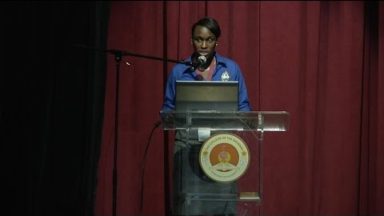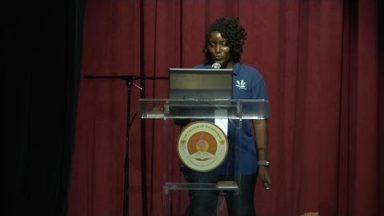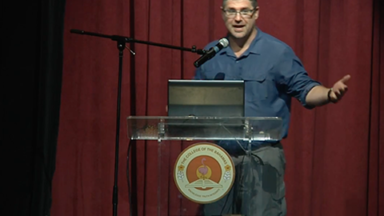Bonefish Pond Mangrove ‘Restoration’ Monitoring
Presented by Lindy C. Knowles
Lindy C. Knowles, Craig Dahlgren, Felicity Burrows, Janeen Bullard, Agnessa Lundy
Mangroves serve an important ecological function as a nursery for juveniles of many economically and ecologically important fish and invertebrate species. Since 1958, New Providence Island has lost 57% of its mangroves, and most of the remaining mangrove systems have been fragmented by roads and other coastal development. Reduction in mangrove area and increases in mangrove fragmentation impair the nursery function of mangroves. One of the largely intact mangrove systems on New Providence is within Bonefish Pond National Park, but even here, development prior to the creation of the park has altered parts of the mangrove system. In 2013, a team of researchers transplanted over 600 red mangrove (Rhizophora mangle) trees to a selected the mangrove rehabilitation site within the Bonefish Pond National Park as part of the Global Environment Facility Full-size Project. This pilot project focused on incorporation mangrove restoration in conservation planning. The restoration consisted of converting a dead-end dredged channel that served no nursery function into a mangrove fringed tidal creek capable of supporting fish and invertebrate populations. Restoration activities consisted of increasing hydrographic connectivity of the channel to surrounding waters and transplanting mangroves. Transplanted red mangrove trees included those from the restored site that were removed to allow for equipment to access the channel; the 1-2 year old trees from the nurseries at the Atlantis resort; propagules from another creek site from the eastern part of New Providence and small trees dug from a freshwater lake on the interior of New Providence. They were planted using a variety of transplantation methods and variable densities in 10m long plots along the restored channel to determine which approach had greater growth and survivorship. Researchers monitored the success of the transplants over the past two years measuring survivorship and growth metrics (height, new branches, and new prop roots) to determine the most appropriate methodology of mangrove transplantation for the Bahamian environment.re.







Recent Comments